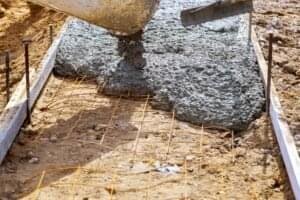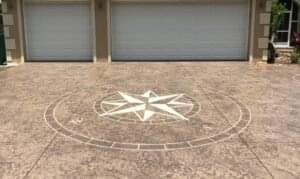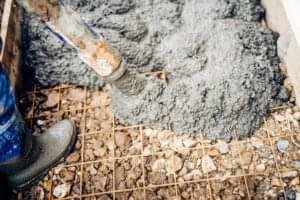Although concrete paths are durable, they may eventually appear worn out or damaged due to wear and tear. Covering the path can enhance the appearance and improve functionality. From decorative overlays to pavers, there are multiple ways to upgrade your pathway without a full replacement.
Best Concrete Contractor in Lubbock, TX
Phone: (806) 375-7740
Why Cover a Concrete Path?




Best Ways to Cover a Concrete Path
1. Stamped Overlay
Stamped overlays add a decorative touch to your path without compromising durability. With various textures and colors available, you can get the look of stone, brick, or tile without high costs.
2. Pavers
One of the best ways to improve the look of an existing surface is to lay pavers over it. Pavers offer flexibility, slip resistance, and easy maintenance.
3. Decorative Coating
A thin layer of polymer-modified cement can be applied to create a fresh, modern look. This option is perfect for those who want a cost-effective and long-lasting solution.
4. Outdoor Tiles
Tiles designed for exterior use can provide a stylish finish while adding texture and slip resistance. To ensure durability, proper installation is essential.
5. Artificial Turf
For a green and natural look, artificial grass can be installed over the surface. This is ideal for pathways that blend into landscaped areas.
6. Wood Decking
If you want a natural appeal, a wood deck can be installed over the existing pathway. Using pressure-treated wood ensures longevity and resistance to moisture.
Steps to Cover a Concrete Path
Step 1: Clean the Surface
Step 2: Repair Any Damage
Step 3: Choose the Right Covering
Step 4: Apply the Covering
Step 5: Seal the Surface
Why Hire a Local Concrete Contractor in Lubbock, TX?
Covering a pathway requires expertise to ensure long-lasting results. Lubbock Concrete Contractor provides:
- Professional assessment of your existing pathway
- High-quality materials for long-term performance
- Proper installation for safety and durability
- Local knowledge of weather conditions affecting surfaces
Get A Free Quote!
Frequently Asked Question(s)
Yes, as long as the surface is level and in good condition, they can be installed over it using a sand or mortar base.
Stamped overlays and decorative coatings offer long-term durability with minimal maintenance.
Think about the color of your house, the surroundings, and your own tastes. You can also bring samples home to see how they look in different lighting conditions. Call (806) 375-7740 for design consultations.
With proper installation and maintenance, it can last for decades.
Costs vary depending on the material chosen and the pathway size. Contact (806) 375-7740 for a free estimate.
 Phone:
Phone:  Email:
Email: 




